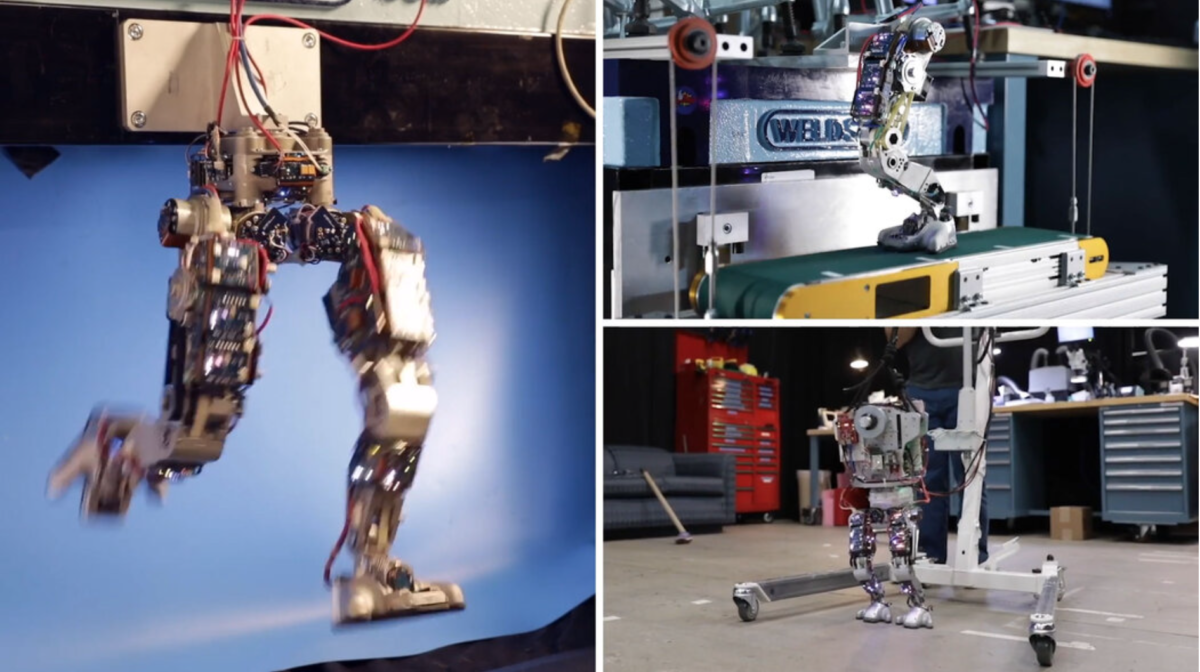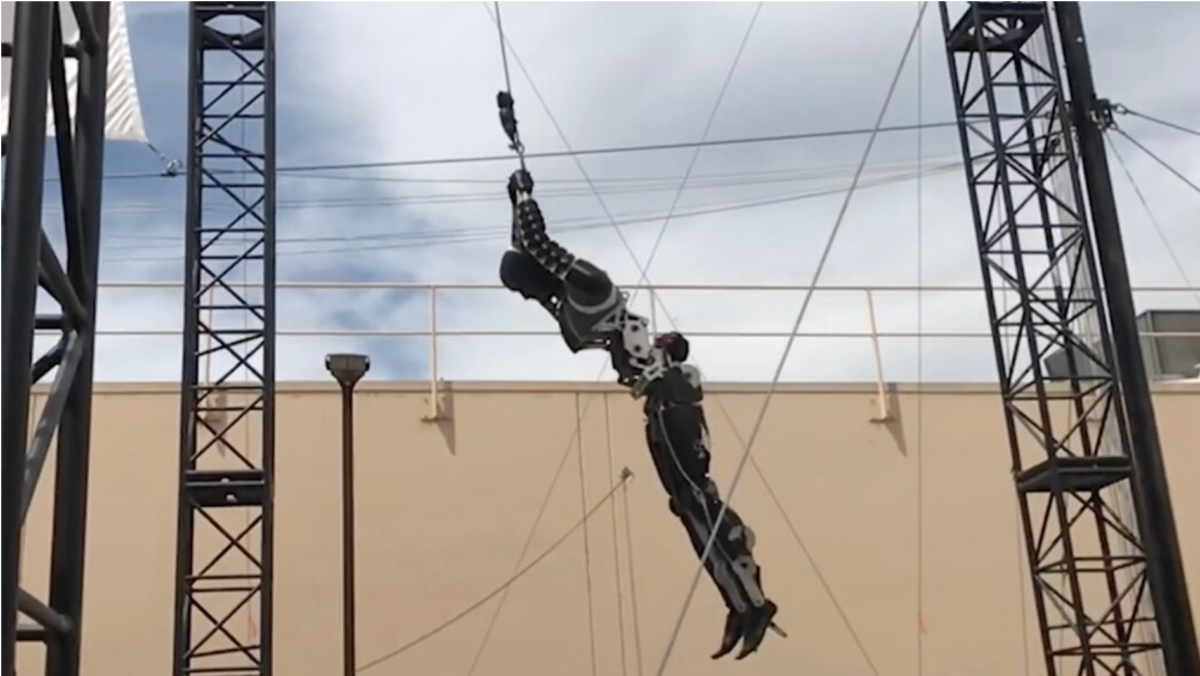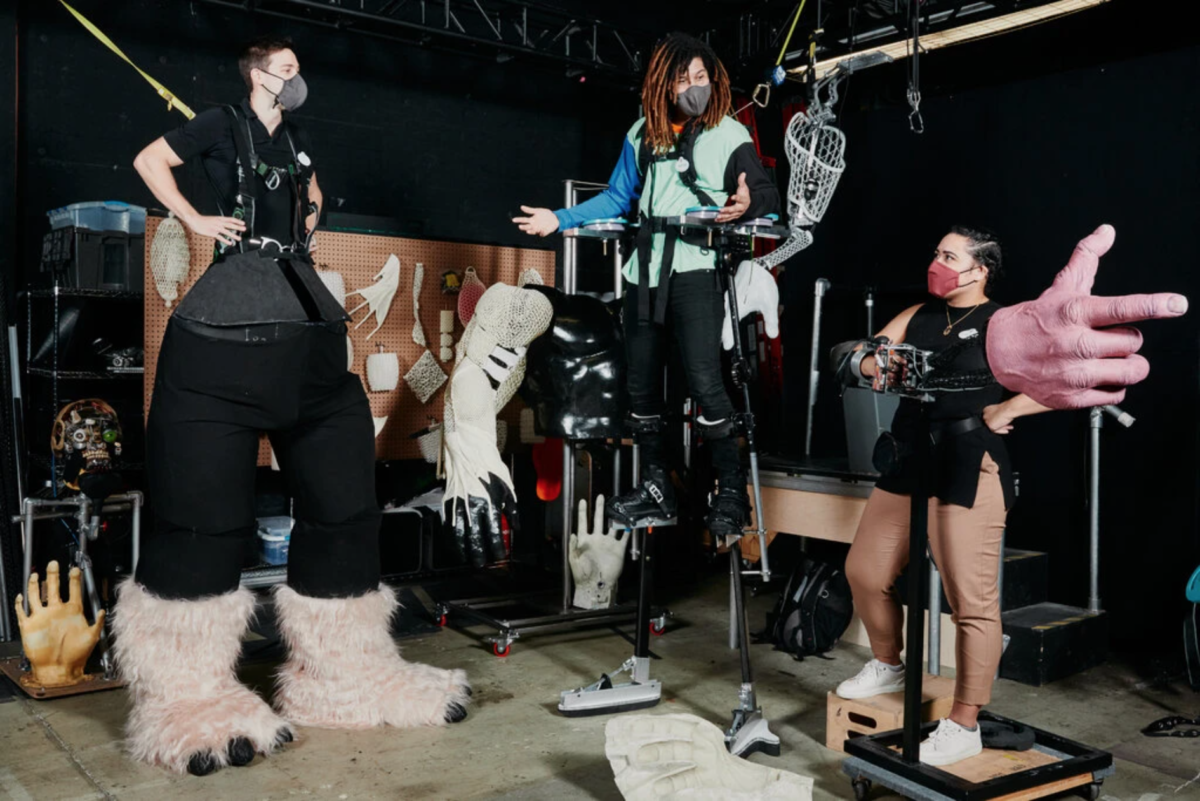A few months ago, we got our first look at “Project Kiwi,” Walt Disney Imagineering’s incredible free-roaming, talking Groot robot. Now we know more about the development of Groot and similar projects thanks to Brooks Barnes with The New York Times.

Barnes spoke to senior Imagineering executive Jon Snoddy about Groot. Snoddy said, “A new trend that is coming into our animatronics is a level of intelligence. More believable. More outrageous. This guy represents our future. It’s part of how we stay relevant.”
Since Walt Disney’s first audio-animatronics were introduced in the 1960s, technology has come a long way, and Disney is working to keep their parks and experiences up-to-date.

Robots like Walt Disney Imagineering’s Groot will theoretically walk among guests. They won’t replace human performers, but will fill in where humans can’t, such as with characters like Groot or Baby Yoda (Grogu).

A recent example of Disney’s advanced robots in action is the Spider-Man “stuntronic” introduced in Avengers Campus at Disney California Adventure. This robot took three years to create and is made of 95 pounds of microprocessors, 3-D printed plastic, gyroscopes, accelerometers, aluminum, and more to make it swing around realistically.
“We want to create incredible experiences outside of a show box,” senior Imagineering executive Leslie Evans said of ride buildings. “To me, that’s going to be next level. These aren’t just parks. They are inhabited places.”
In the case of Groot, the goal is for him to be able to make choices when met with the unexpected instead of just performing a pre-programmed action. Animators and engineers use custom software to design behaviors and emotions in the robot.
“And all of this technology must disappear,” Evans said, “which takes a crazy amount of engineering. We don’t want anyone thinking, ‘That’s the most sophisticated robot I have ever encountered.’ It has to be: ‘Look! It’s Groot!'”
Project Kiwi will be moving to a playtest stage soon, which means Groot will make an appearance at a theme park to test his abilities and gather guest feedback.
Barnes also learned about Project Exo, a similar Walt Disney Imagineering project. Project Exo also strives to bring incredible characters to life — but with a sophisticated full-body exoskeleton instead of a robot. These exoskeletons could be used to bring the Incredible Hulk or similar giant characters to life for guest interactions.

In the photo above, Richard-Alexandre Peloquin has a costume-like piece resembling the feet of a Wampa from “Star Wars.” Jonathan Becker is standing on advanced stilts.
Asya Cara Peña, a ride development engineer, explained that these exoskeletons are being created to counteract gravity itself. A human wouldn’t be able to wear a Hulk costume weighing almost 40 pounds as they would clothes, so the weight needs to be redirected to the ground.
“But it also needs to look natural and believable,” Peña said. “And it has to be something that different performers of different body types with different gaits can slip into with identical results.”
“The challenge is to not just have a big idea,” Becker said after almost falling over, “but to get it all the way to the park.”
Watch the Spider-Man “stuntronic” (alongside a human performer) in action below.
Source: New York Times
For the latest Disney Parks news and info, follow WDW News Today on Twitter, Facebook, and Instagram.


And they still can’t figure out the yeti on “Expedition Everest”